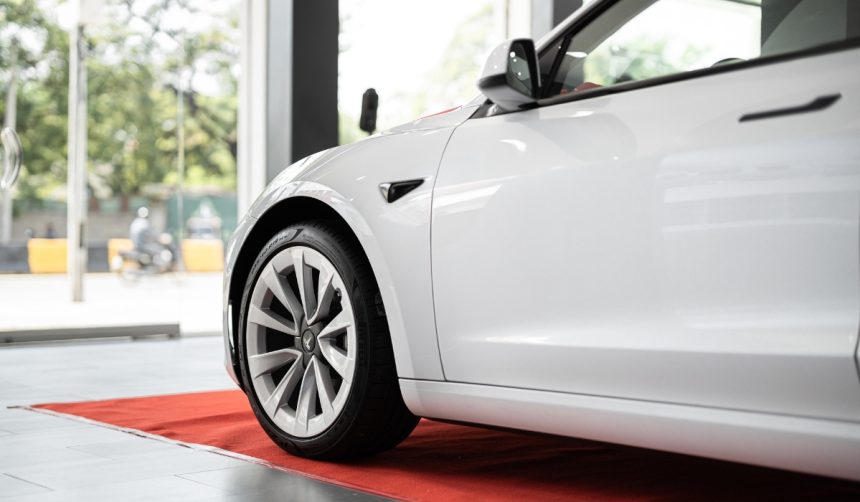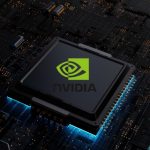Tesla has begun deploying its V4 Supercharger technology in mainland China, marking an important step for its charging infrastructure in the country. The rollout starts with stations in Shanghai, Zhejiang, Gansu, and Chongqing, reflecting the company’s approach to expanding fast-charging access beyond major metropolitan areas. Charging convenience, safety features, and support for vehicles from other brands are key elements highlighted in the expansion, as Tesla pursues a wider EV charging ecosystem. The move may affect the competitive landscape among charging providers in China’s rapidly growing electric vehicle sector and could attract more non-Tesla EV owners to its network. These developments also reflect Tesla’s global push to standardize its high-speed charging solutions.
When compared to earlier reports about Tesla’s charging network, the introduction of V4 Superchargers in China represents a significant advance over the V2 and V3 models already in place within the country. Past coverage noted the slower rollout in China relative to Europe and North America, but this launch remedies the gap. While the global Supercharger network has long been a selling point for Tesla, access for non-Tesla vehicles had been regionally limited, and most previous stations did not offer ultra-high charging speeds. Additionally, prior updates from competitors in China focused on network expansion but lacked multi-brand compatibility at such scale and charging rates.
What Sets the V4 Supercharger Apart?
The V4 Supercharger is designed for ultra-fast charging, reaching speeds up to 325kW in North America, which can deliver over 1,000 miles per hour of charge. This high speed shortens wait times, appealing to both Tesla drivers and owners of other electric vehicles. Tesla’s initiative to include advanced safety features, such as multi-layer rain and waterproofing, further addresses concerns often cited by users about charging infrastructure in China’s diverse weather conditions.
How Does Tesla’s Network Compare in Scale?
With over 70,000 Superchargers worldwide, Tesla runs one of the largest and most recognizable electric vehicle charging networks. In mainland China alone, the company claims its network now covers all provincial capitals and major municipalities, providing extensive geographic reach. According to Tesla, these efforts aim to
“optimize the charging experience and improve energy replenishment efficiency,”
thus supporting everyday commuting as well as long-distance travel across the country.
What Is the Impact on Other EV Brands?
Tesla’s decision to open its V4 Superchargers to non-Tesla vehicles could influence the strategies of both local charging providers and competing EV producers. By allowing different brands access to its high-speed charging facilities, Tesla positions itself as a leader in interoperability. This move may entice other EV owners to use Tesla’s network, potentially shaping customer preferences in China’s competitive electric vehicle market.
The entry of V4 Superchargers into China may accelerate adoption of electric vehicles by reducing one of the primary barriers to ownership: charging convenience. The fact that Tesla’s network now actively invites non-Tesla vehicles reflects an industry-wide shift toward more open infrastructure. For consumers, this provides practical benefits—reducing range anxiety, increasing station availability, and potentially catalyzing similar moves from domestic charging networks. For industry observers, this rollout can be seen as a test case for whether ultra-fast, multi-brand charging can influence purchasing decisions and infrastructure investments in the world’s largest EV market. Stakeholders will be watching closely to see if wide V4 deployment leads to higher utilization rates and stronger collaboration between automakers, infrastructure providers, and regulators in China.
- Tesla launches V4 Superchargers in Shanghai, Zhejiang, Gansu, and Chongqing.
- These chargers support both Tesla and non-Tesla electric vehicles.
- The expansion could shift the competitive dynamic in China’s EV charging market.










